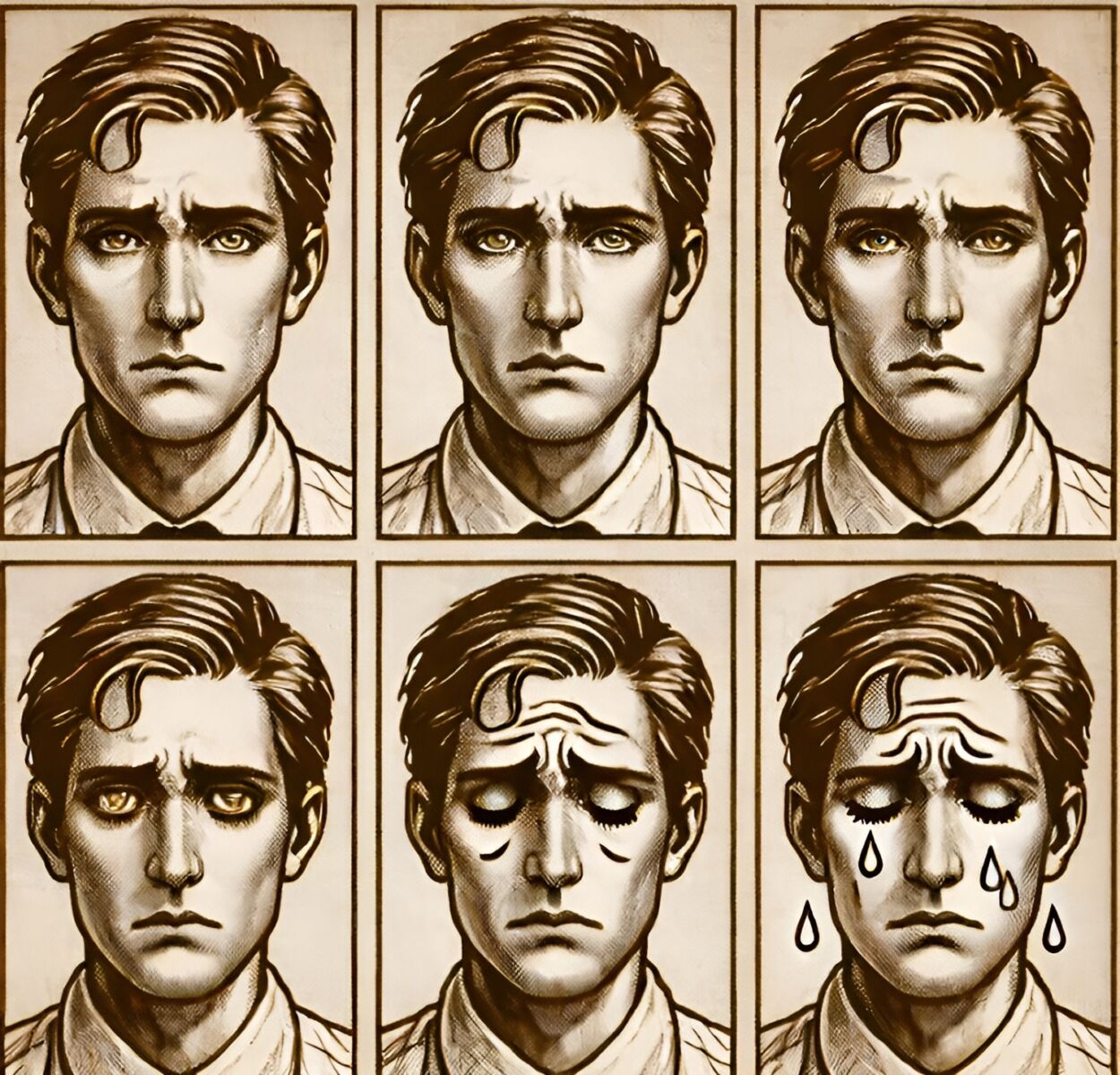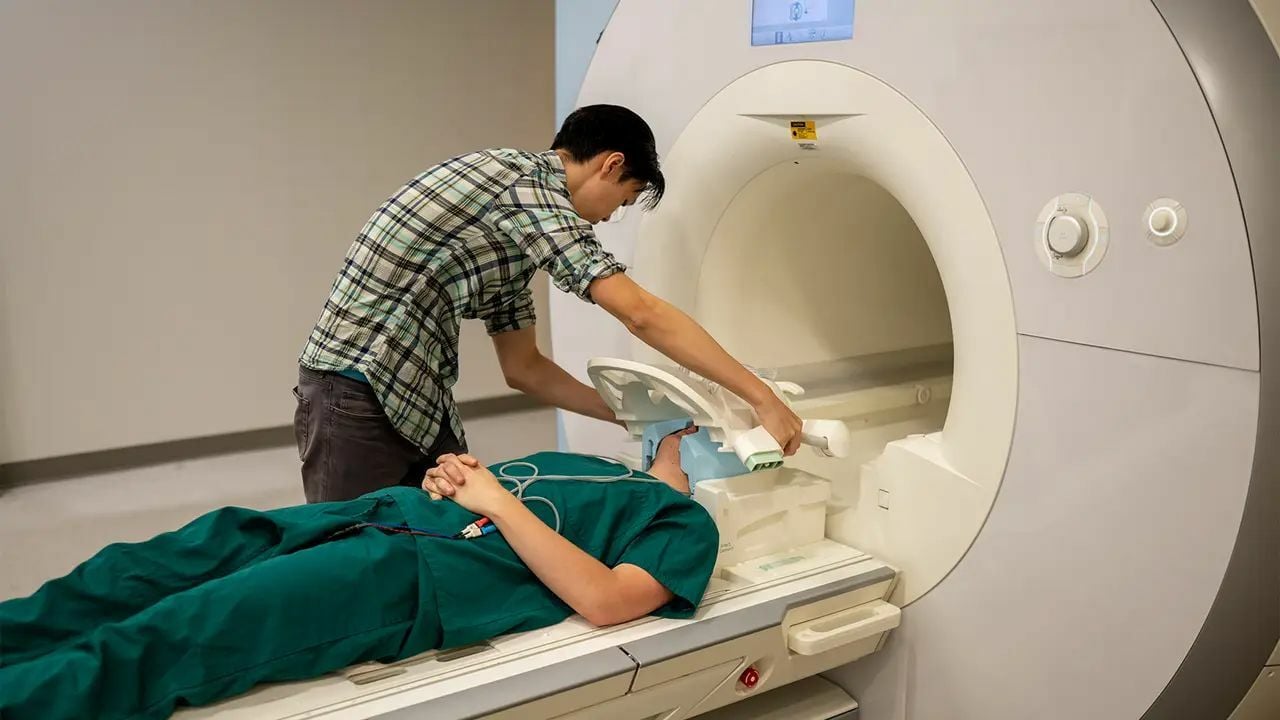6 types of depression identified by brain scans

Depression is a complex mental health condition that affects millions worldwide. Traditional methods of treating depression involve trial and error, often taking months or even years to find the right medication or therapy. However, researchers at Stanford Medicine have made a groundbreaking discovery that could change how we approach depression treatment. By using brain imaging and artificial intelligence (AI), they have identified six unique subtypes of depression, each with its distinct brain activity patterns.
This advancement could lead to more personalised and effective treatments.
The power of brain imaging
The study, led by Dr Leanne Williams, utilised functional MRI (fMRI) to scan the brains of 801 participants diagnosed with depression or anxiety. The fMRI technology measures brain activity by detecting changes in blood flow. The researchers scanned the participants’ brains both at rest and while performing various tasks to test their cognitive and emotional functions.
Using machine learning, a type of AI, the team analysed the brain scans and identified six distinct patterns of brain activity. These patterns, or biotypes, help predict which patients are more likely to respond to specific treatments, such as antidepressants or behavioural therapies.

The six biotypes of depression
Biotype 1: Characterised by overactivity in cognitive regions of the brain. Patients with this biotype responded best to the antidepressant venlafaxine (Effexor).
Biotype 2: Exhibited higher levels of activity in regions associated with depression and problem-solving. These patients saw the most improvement with behavioural talk therapy.
Biotype 3: Showed lower levels of activity in the brain circuit controlling attention. These individuals were less likely to benefit from talk therapy compared to other biotypes.
Biotype 4: Demonstrated hyperconnectivity in multiple brain circuits, leading to symptoms like slowed emotional responses and increased errors in executive function tasks.
Biotype 5: Identified by reduced connectivity in the attention circuit, resulting in difficulties with concentration and impulse control.
Biotype 6: Displayed heightened activity in regions processing both negative and positive emotions, associated with higher levels of anhedonia (inability to feel pleasure).
Implications for treatment
The identification of these biotypes is a significant step towards precision psychiatry and a great advance in dealing with mental health issues. Instead of the one-size-fits-all approach, treatments can now be tailored to the individual’s specific brain activity pattern. This means quicker and more effective relief for patients.
For instance, a patient with overactivity in cognitive regions might be prescribed venlafaxine, while another with higher activity in problem-solving areas might benefit more from talk therapy. This personalised approach not only improves treatment outcomes but also reduces the frustration and despair often experienced by patients undergoing multiple unsuccessful treatments.

Expanding the research
Dr Williams and her team are not stopping here. They plan to expand their study to include more participants and test additional treatments. The goal is to refine their understanding of the six biotypes and explore new medications that might be effective for those who don’t respond to current treatments.
Dr Jun Ma, a collaborator on the study, emphasised the importance of these findings, stating, “To our knowledge, this is the first time we’ve been able to demonstrate that depression can be explained by different disruptions to the functioning of the brain. It’s a demonstration of a personalised medicine approach for mental health based on objective measures of brain function.”
Prospects for the future of depression
The team is also working on integrating this imaging technique into clinical practice. Dr Laura Hack, another researcher involved in the study, has started using the brain imaging method in her practice at Stanford Medicine. The ultimate aim is to establish easy-to-follow standards so that psychiatrists everywhere can implement this approach.
Dr Ma added, “To really move the field toward precision psychiatry, we need to identify treatments most likely to be effective for patients and get them on that treatment as soon as possible. Having information on their brain function, particularly the validated signatures we evaluated in this study, would help inform more precise treatment and prescriptions for individuals.”
The Stanford study marks a significant mental health milestone in understanding and treating depression. By leveraging advanced brain imaging and AI, researchers have uncovered six distinct biotypes of depression, paving the way for more personalised and effective treatments. This breakthrough promises a future where a quick brain scan could identify the best treatment for each individual, offering hope to millions suffering from depression.
Latest Thailand News
Follow The Thaiger on Google News:


























